Archives
- 2025-11
- 2025-10
- 2025-09
- 2025-03
- 2025-02
- 2025-01
- 2024-12
- 2024-11
- 2024-10
- 2024-09
- 2024-08
- 2024-07
- 2024-06
- 2024-05
- 2024-04
- 2024-03
- 2024-02
- 2024-01
- 2023-12
- 2023-11
- 2023-10
- 2023-09
- 2023-08
- 2023-07
- 2023-06
- 2023-05
- 2023-04
- 2023-03
- 2023-02
- 2023-01
- 2022-12
- 2022-11
- 2022-10
- 2022-09
- 2022-08
- 2022-07
- 2022-06
- 2022-05
- 2022-04
- 2022-03
- 2022-02
- 2022-01
- 2021-12
- 2021-11
- 2021-10
- 2021-09
- 2021-08
- 2021-07
- 2021-06
- 2021-05
- 2021-04
- 2021-03
- 2021-02
- 2021-01
- 2020-12
- 2020-11
- 2020-10
- 2020-09
- 2020-08
- 2020-07
- 2020-06
- 2020-05
- 2020-04
- 2020-03
- 2020-02
- 2020-01
- 2019-12
- 2019-11
- 2019-10
- 2019-09
- 2019-08
- 2019-07
- 2019-06
- 2019-05
- 2019-04
- 2018-11
- 2018-10
- 2018-07
-
2025-09-26
Explore the unique biophysical mechanisms and translational potential of pseudo-modified uridine triphosphate (Pseudo-UTP) in next-generation mRNA synthesis. Discover how Pseudo-UTP enables precise RNA modification for stability, immunogenicity control, and gene therapy innovation.
-
Biotin (Vitamin B7): Mechanistic Insights and Innovations...
2025-09-25
Explore the advanced mechanistic roles of Biotin (Vitamin B7, Vitamin H) as a water-soluble B-vitamin and biotin labeling reagent, with a unique focus on its pivotal applications in motor protein research. Uncover new perspectives beyond standard biotinylation and metabolic studies.
-
CHIR 99021 Trihydrochloride: Advanced GSK-3 Inhibition fo...
2025-09-24
Explore the unique capabilities of CHIR 99021 trihydrochloride, a potent GSK-3 inhibitor, in dynamically modulating organoid stem cell fate and cellular diversity for translational research. Discover how this compound enables precise, tunable control beyond conventional approaches for stem cell maintenance and differentiation.
-
5-Methyl-CTP: Modified Nucleotide Strategies for mRNA Vac...
2025-09-23
Explore how 5-Methyl-CTP, a 5-methyl modified cytidine triphosphate, advances mRNA vaccine research by enhancing mRNA stability and translation efficiency. This article offers a rigorous analysis of its role in cutting-edge delivery systems and mRNA drug development.
-
Gratifyingly compound also demonstrated improved physicochem
2025-03-03
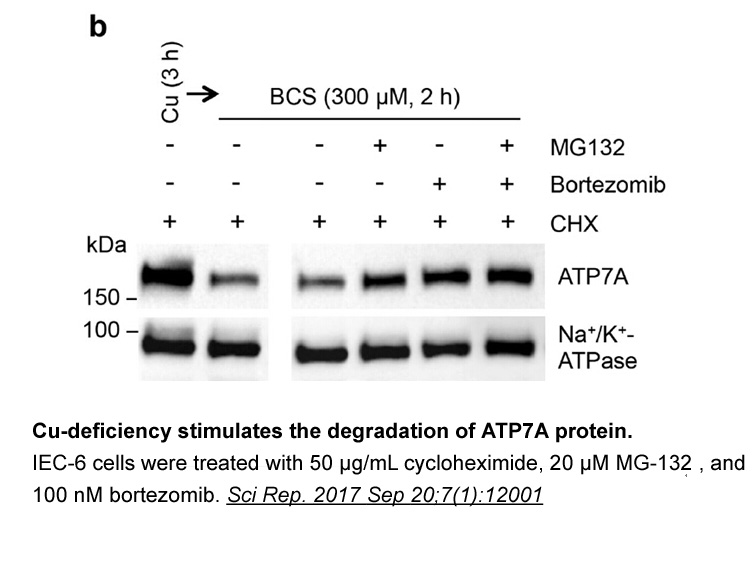
Gratifyingly, compound also demonstrated improved physicochemical properties with significant improvement in aqueous solubility. Compound was sufficiently potent to determine its pharmacokinetic (PK) and pharmacodynamics (PD); data is summarized in . shows ADME characteristics for compound and
-
It was recently shown that AHR and HIF cooperate to
2025-03-03
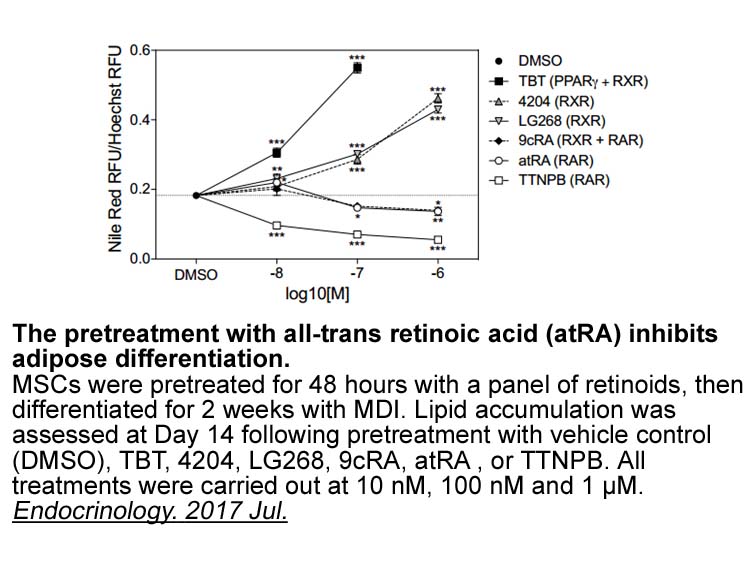
It was recently shown that AHR and HIF-1α cooperate to support the metabolism of Tr1 p2y inhibitor [6]. Interestingly, AHR and HIF-1α act sequentially to orchestrate the metabolic remodeling of lymphocytes. While HIF-1α regulates the early metabolic reprogramming of Tr1 cells, AHR takes over at lat
-
According to their structures and substrate
2025-03-03

According to their structures and substrate specificity, MMPs are divided into five major groups: collagenases (e.g., MMP1), gelatinases (e.g., MMP2, MMP9), stromelysins (e.g., MMP3, MMP10), matrilysins (e.g., MMP7), and membrane-type MMPs [7]. Among them, MMP1 is a major collagenase that degrades t
-
Mass spectrometry MS analysis and selective enrichment
2025-03-03
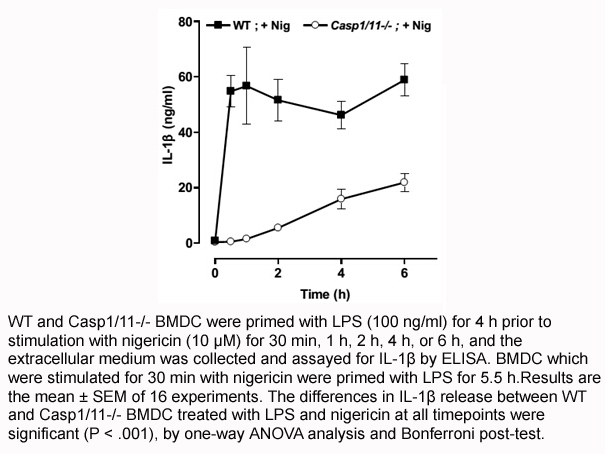
Mass spectrometry (MS) analysis and selective enrichment methods of phosphorylated proteins are powerful tools that can help address these challenges. Recent advances in MS have made it possible to analyze signaling pathways by facilitating high-throughput identification of phosphorylation sites wit
-
Endogenous adenosine systems have largely been implicated in
2025-03-03
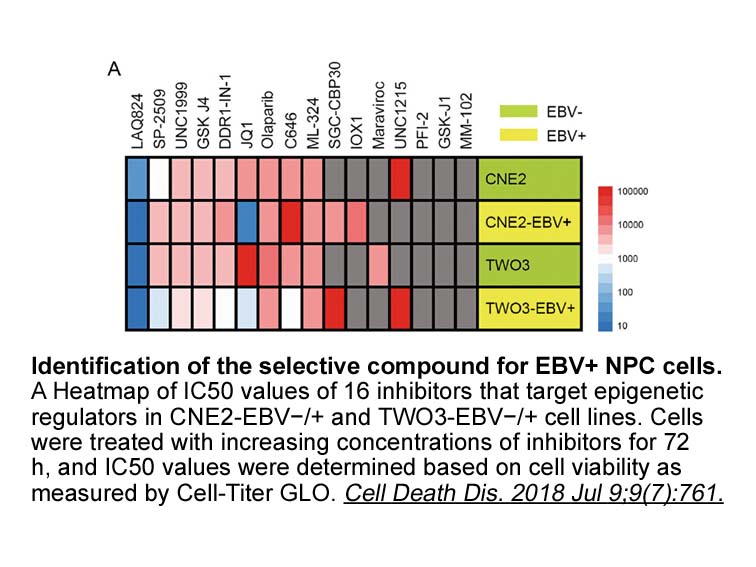
Endogenous adenosine systems have largely been implicated in drug actions by the demonstration that caffeine (non-selective A1R and A2AR antagonist) (see Section The issue of caffeine), in doses up to 7.5–10mg/kg, inhibits antinociception, and when this occurs, it Integrin inhibitor is generally al
-
br Material and methods br Results
2025-03-03

Material and methods Results Discussion Clinical gene therapy trials with viral vectors have been in use for treatment of various genetic disorders and diseases, however efficacious, targetable and highly reliable non-viral delivery systems are needed for safe and long-term applications. De
-
br Conflict of interest statement br Benign prostatic hyperp
2025-03-03
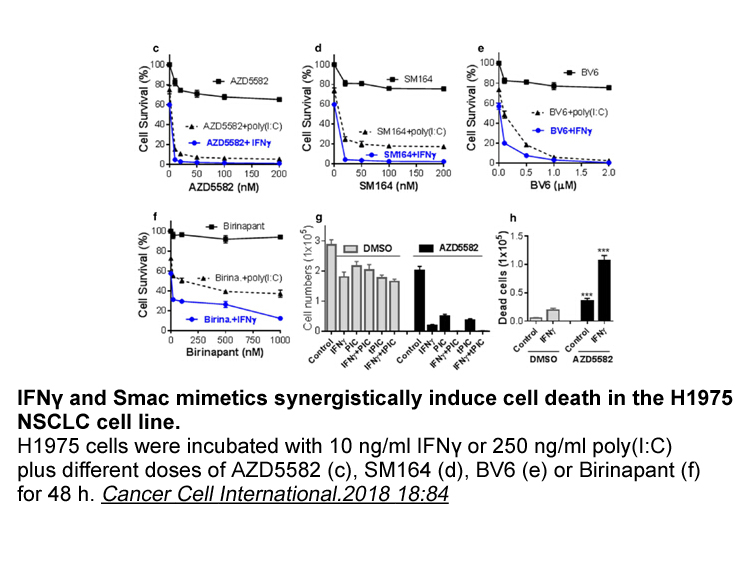
Conflict of interest statement Benign prostatic hyperplasia (BPH) is a highly complex process characterized by an increased number of epithelial and stromal E-4031 in the transition zone. , , Autopsy studies by McNeal detail the evolution of histological changes within these 2 cellular compar
-
rs G allele was previously associated with a decrease in
2025-03-03
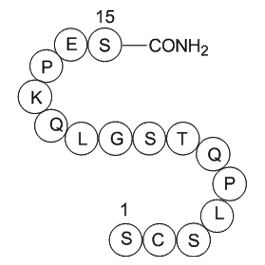
rs523349 G allele was previously associated with a decrease in the conversion rate of testosterone to DHT (Beesley et al., 2007). This SRDA52 variant may have a trend towards higher testosterone availability, which according to the US Food and Drug Administration is described as a teratogen of categ
-
Whereas more research is needed to identify the
2025-03-03
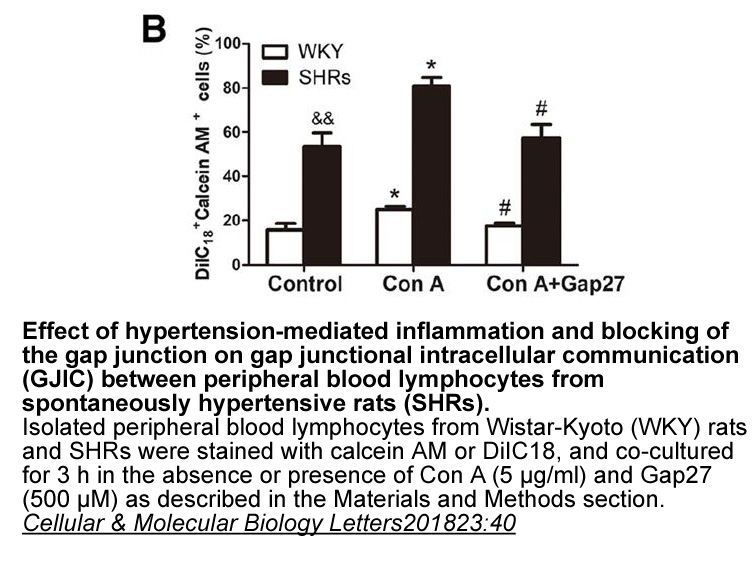
Whereas more research is needed to identify the precise mechanism by which FIN exerts its antidyskinetic effect, the PF-9184 synthesis that it can negatively modulate dopaminergic transmission is also supported by our previous findings. Indeed, we have previously shown that FIN completely reversed t
-
Steroidal CYP inhibitors can further
2025-03-03
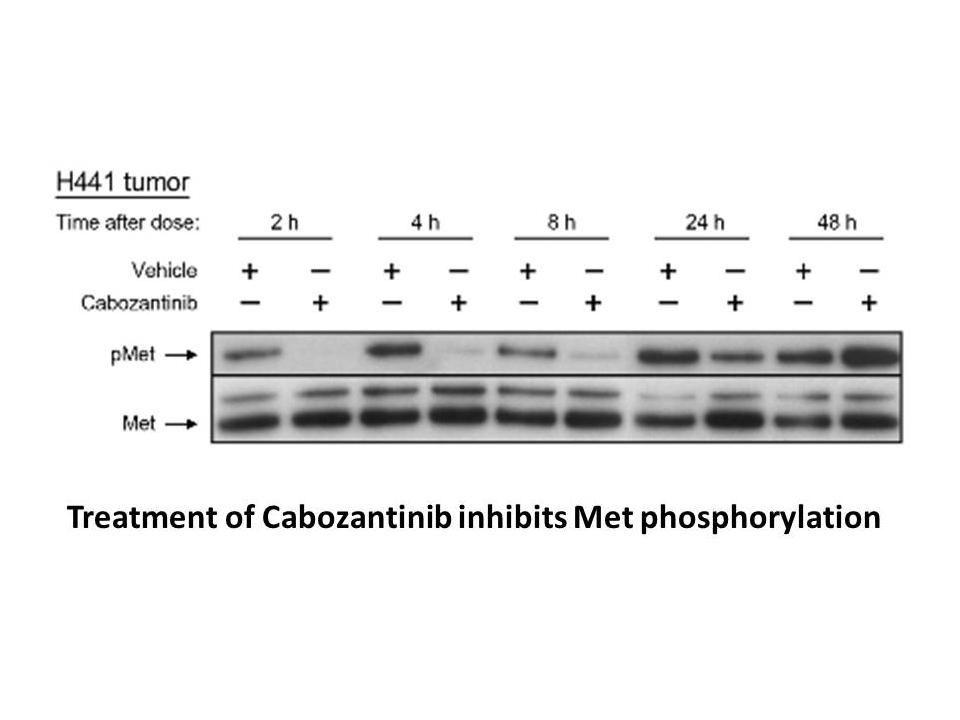
Steroidal CYP17 inhibitors can further be classified based on their mode of action, namely as mechanism-based inhibitors and type I and type II competitive inhibitors [129]. Recent studies investigated other biological targets than CYP17, and some new compounds have shown interesting dual activity a
-
Optimization of the B ring specifically targeted preventing
2025-03-03
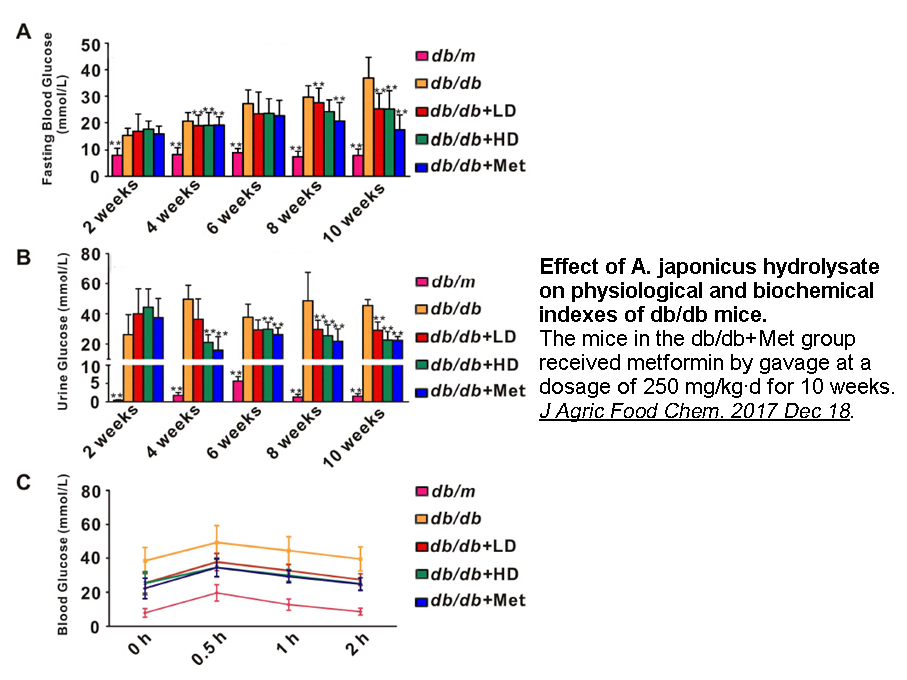
Optimization of the B-ring specifically targeted preventing the oxidation of the ring system (). As described above, the 4-position of the phenyl ring provides the appropriate vector towards bulk solvent. - and -linked substitutions at the 4-position of the B-ring from the 4-fluoro-nitrophenyl inter